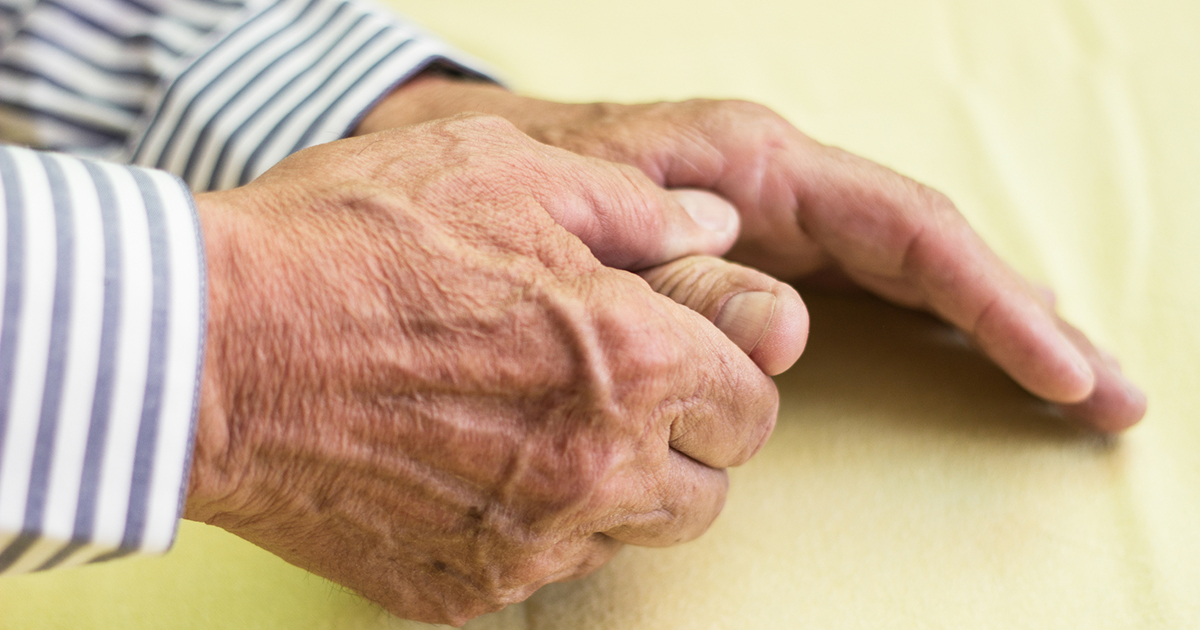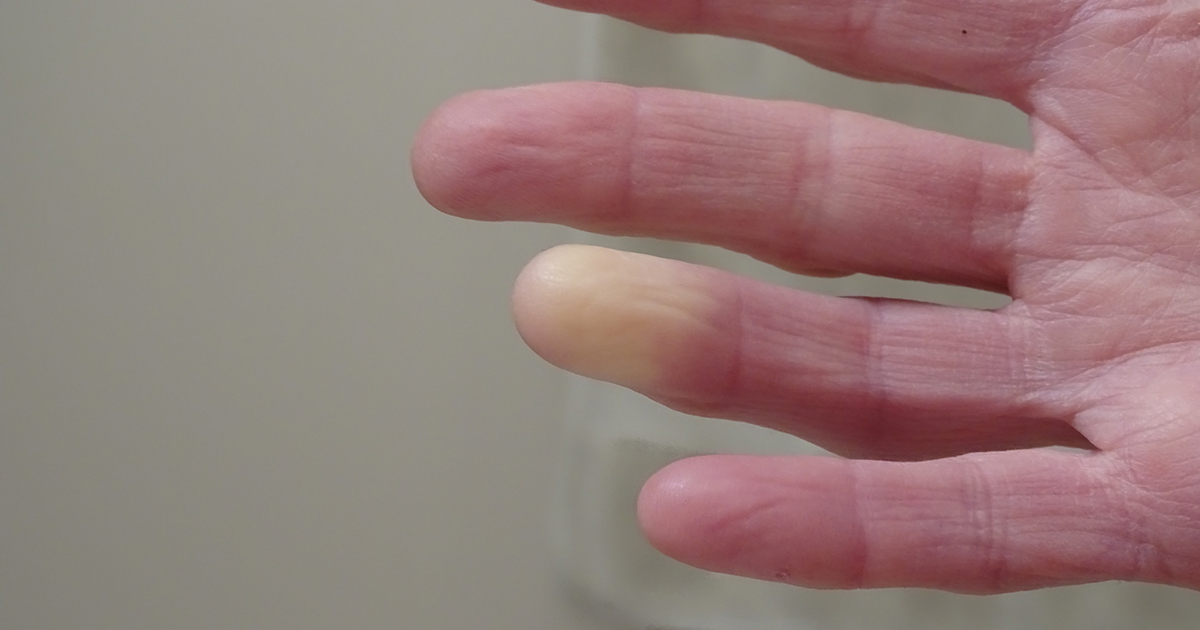Symptoms Of Raynaud's Disease
Numbness And Pain Upon Warming

Raynaud's disease does not come without some pain. In many cases, an individual will experience numbing and pain upon warming their skin. The numbness is the tingling feeling a body part is asleep and beginning to wake up. It is initially caused by a lack of oxygen-rich blood reaching an area, and the tingling ensues once blood flow returns to normal. Pain and throbbing sensations happen as blood surges back into the affected areas of the body. The quick return of feeling triggers pain receptors that cause the perception of pain. The areas may also feel extremely warm as they quickly regain heat. The pain is not normally severe, and if it is, it may be a sign there is some underlying cause of the Raynaud's disease.
Discover even more symptoms now.
White Or Blue Skin

The color changes that happen with Raynaud's disease often cause white or blue skin. White or blue skin happens through the same mechanisms previously described. The arterial blood flow is cut off, and the lack of oxygenated blood and warmth causes the color to change. Normally, the skin will turn white first because of the loss of blood flow. This is referred to as pallor. The skin will begin to take on the blue hue, called cyanosis, as the blood left in the areas loses the rest of its oxygen. The color should turn very red and then normalize when the blood flow returns to the affected areas. When the color takes a long time to reverse to normal, there may be an underlying cause of the Raynaud's disease.
Learn more of the warning signs of Raynaud's disease now.
